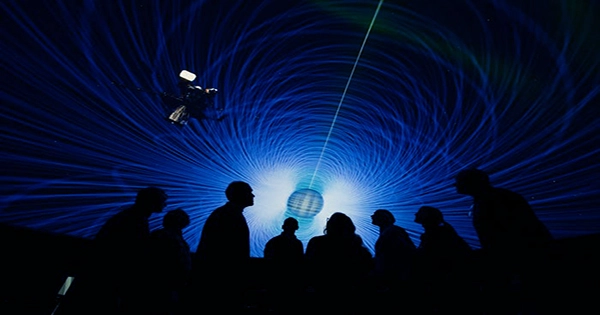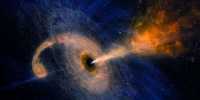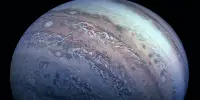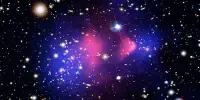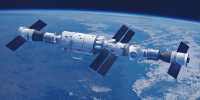Eta Carinae is one of our galaxy’s most interesting objects. It is made up of two big stars that released a vast amount of gas 187 years ago (from Earth’s perspective), forming a brilliant nebula. This was the “Great Eruption,” which catapulted Eta Carinae to become the second brightest star in the sky for a brief period.
It has become fainter since then, but our telescopes have vastly improved, and you can now see this majestic celestial body like never before thanks to NASA’s series of satellite telescopes. Eta Carinae and its surrounding Homunculus Nebula shown at a variety of wavelengths in a new visualization made for NASA’s Universe of Learning.
Visual scientists were able to emphasize the distinct sections of the nebula and turn 2D photos into a full-3D reproduction by switching from infrared to X-rays. In a statement, Frank Summers, a principal visualization scientist at the Space Telescope Science Institute (STScI) and project lead, said, “The team did such an amazing job representing the volumetric layers that viewers can immediately and intuitively comprehend the complex structure around Eta Car.” “Not only can we explain the story of the Great Eruption, but we can also display the nebula that resulted in 3D.”
The data came from NASA’s Chandra X-ray observatory and the Hubble Space Telescope, which focused on the visible light, ultraviolet light, and x-ray radiation from this incredible object. Infrared emissions from the now-defunct Spitzer telescope are also included in the picture. Infrared light from the Homunculus nebula shines brilliantly, affecting the broader Carina Nebula, where this system is located.
“Spitzer’s infrared image allows us to see through the dust that obscures our view in visible light to reveal the exquisite intricacies and expanse of the Carina Nebula around this blazing star,” said Robert Hurt, Caltech/senior IPAC’s visualization scientist, and team member. The image is impressive in and of itself, but the team emphasized that it may be used in places other than flat computer screens.
“We may utilize these models in 3D printing and augmented reality systems,” said Kim Arcand, visualization lead scientist at the Chandra X-ray Center in Cambridge, Massachusetts. “More individuals will be able to get their hands on the data – both physically and online – which will lead to improved learning and engagement.” The team at the Tactile Universe, an award-winning organization that connects the young visually impaired community with the latest astrophysics science, has created tactile representations of celestial objects with great success.
